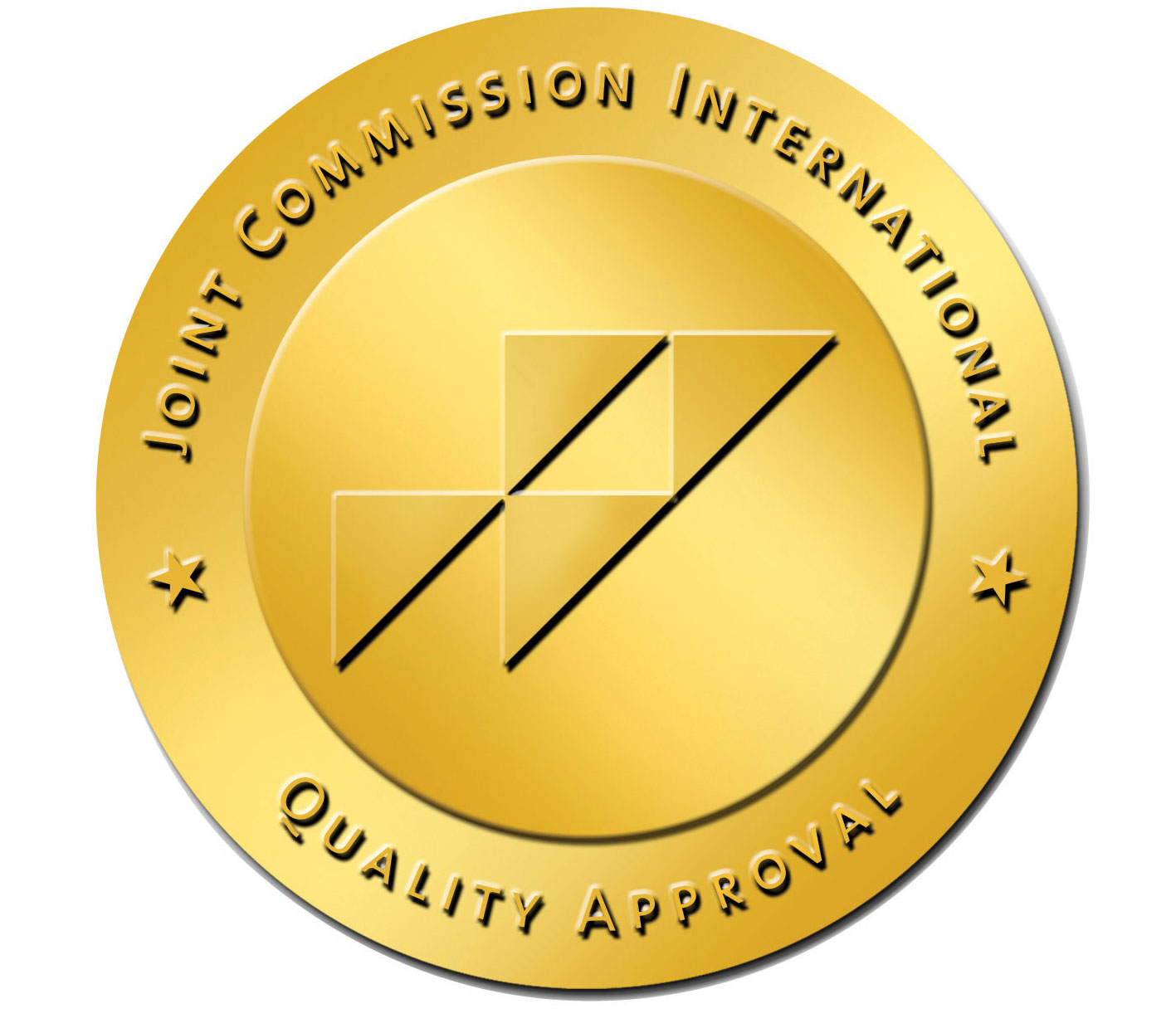
PET Scan for Gastrointestinal Stromal Tumor: Diagnosis and Staging
15 May, 2023
Gastrointestinal Stromal Tumour (GIST) is a rare type of cancer that originates in the gastrointestinal tract. It is difficult to diagnose and stage, making it challenging for physicians to determine the best treatment options. PET (Positron Emission Tomography) scans are a powerful diagnostic tool that can help in the diagnosis and staging of GIST. In this article, we will discuss how PET scans work, how they can be used to diagnose and stage GIST, and their benefits and limitations.
Introduction
Transform Your Beauty, Boost Your Confidence
Find the right cosmetic procedure for your needs.

We specialize in a wide range of cosmetic procedures

GIST is a type of cancer that can develop anywhere along the gastrointestinal tract, but it most commonly occurs in the stomach and small intestine. GIST can be difficult to diagnose and stage, as it can mimic other gastrointestinal disorders. Accurate diagnosis and staging are crucial in determining the best treatment options for patients with GIST. PET scans have emerged as a valuable tool in the diagnosis and staging of GIST.
What is a PET Scan?
A PET scan is a non-invasive imaging test that uses a special dye containing radioactive tracers to show how organs and tissues are functioning. The tracers are injected into the body and are taken up by the organs and tissues being studied. A PET scanner then detects the radiation emitted by the tracers to create images that can help diagnose and stage various types of cancer.
Understanding PET scan
PET scan works by using a special camera to detect the radioactive material, which is injected into the patient's bloodstream prior to the scan. The camera then creates images that show how the material is distributed in the body, highlighting areas of high metabolic activity, such as cancer cells. PET scan is a non-invasive imaging technique that is generally considered safe. However, it does involve exposure to radiation, and there are potential risks associated with the injection of the radioactive material.
How is a PET Scan Used to Diagnose and Stage GIST?
Most popular procedures in India
Total Hip Replacemen
Upto 80% off
90% Rated
Satisfactory
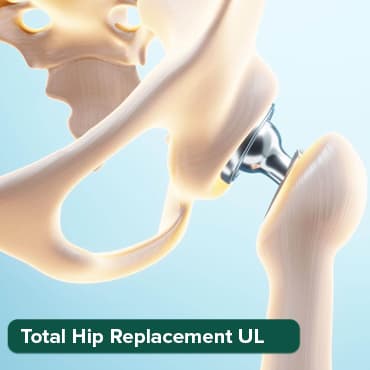
Total Hip Replacemen
Upto 80% off
90% Rated
Satisfactory
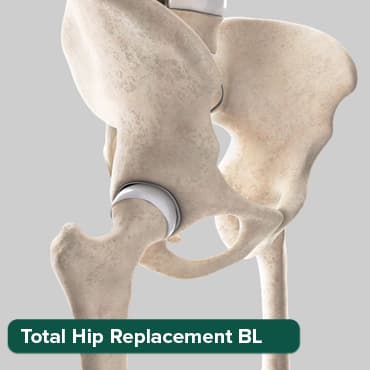
Total Hip Replacemen
Upto 80% off
90% Rated
Satisfactory
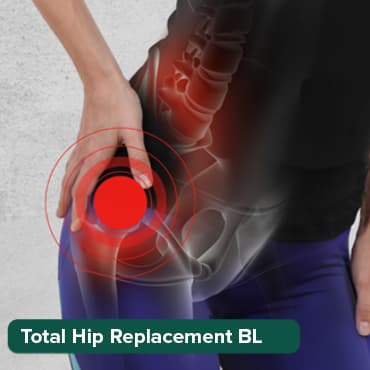
ANGIOGRAM
Upto 80% off
90% Rated
Satisfactory
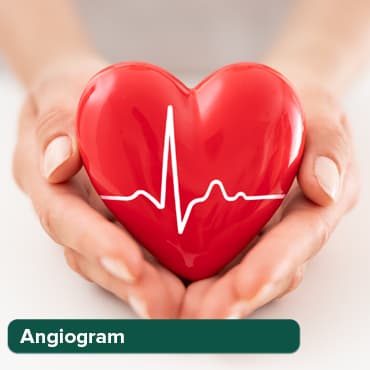
ASD Closure
Upto 80% off
90% Rated
Satisfactory

PET scans are used in combination with other imaging tests, such as CT (Computed Tomography) scans, to diagnose and stage GIST. The PET scan can help detect the presence and location of GIST in the gastrointestinal tract and determine if it has spread to nearby lymph nodes or other organs.
PET scans are particularly useful in detecting small tumours that may not be visible on other imaging tests, such as CT scans. PET scans can also help differentiate between benign and malignant tumours, which is important in determining the best treatment options.
Gastrointestinal Stromal Tumour Diagnosis
GISTs are often difficult to diagnose, as they may not cause any symptoms until they have grown to a significant size. Common symptoms of GISTs include abdominal pain, nausea, vomiting, and blood in the stool. Traditional diagnostic tests for GISTs include CT scan, MRI, and ultrasound. However, PET scan has emerged as a valuable diagnostic tool, particularly in cases where traditional tests are inconclusive.
Staging Gastrointestinal Stromal Tumour
Staging refers to the process of determining the extent of a cancer's spread, which is important for determining the most appropriate treatment plan. There are four stages of GIST, with stage I being the least advanced and stage IV being the most advanced. PET scan is particularly useful in staging GISTs, as it can detect small lesions and metastases that may not be visible on traditional imaging tests.
PET scan Procedure for Gastrointestinal Stromal Tumour
Prior to the scan, patients are required to fast for several hours and avoid strenuous exercise. They are then injected with a small amount of radioactive material, which travels through the bloodstream and is absorbed by the GIST cells. Patients are then asked to lie down on a table, which moves through the PET scanner. The scan usually takes about 30 minutes to an hour to complete.
Interpretation of PET scan results for Gastrointestinal Stromal Tumour:
PET scan images are analysed by a radiologist, who looks for areas of high metabolic activity in the body. These areas are called "hot spots" and may indicate the presence of cancer. The degree of metabolic activity is measured using a standardised uptake value (SUV), which can help differentiate cancerous tissue from normal tissue. PET scan results are often compared with other diagnostic tests, such as CT scans and biopsies, to confirm a diagnosis.
Benefits of PET Scans for GIST Diagnosis and Staging
PET scans offer several benefits for the diagnosis and staging of GIST:
- Accurate diagnosis: PET scans can help accurately diagnose GIST by detecting small tumours that may not be visible on other imaging tests.
- Improved staging: PET scans can help determine the stage of GIST by detecting if the tumour has spread to nearby lymph nodes or other organs.
- Differentiating benign and malignant tumours: PET scans can help differentiate between benign and malignant tumours, which is important in determining the best treatment options.
- Monitoring treatment: PET scans can be used to monitor the effectiveness of treatment and detect any recurrence of GIST.
Limitations of PET Scans for GIST Diagnosis and Staging
PET scans also have some limitations when used for the diagnosis and staging of GIST:
- False positives: PET scans can produce false positives, which can lead to unnecessary biopsies or surgeries.
- Radiation exposure: PET scans use radiation, which can increase the risk of cancer in some patients.
- Limited availability: PET scans are not available at all healthcare facilities, which can limit their use for some patients.
Conclusion
PET scans are a valuable tool in the diagnosis and staging of GIST. They offer several benefits, including accurate diagnosis, improved staging, and monitoring of treatment effectiveness. However, they also have some limitations, including the risk of false positives and radiation exposure. It is important for physicians to weigh the benefits and limitations of PET scans when determining the best course of treatment for patients with GIST.
Wellness Treatment
Give yourself the time to relax
Lowest Prices Guaranteed!

Lowest Prices Guaranteed!

